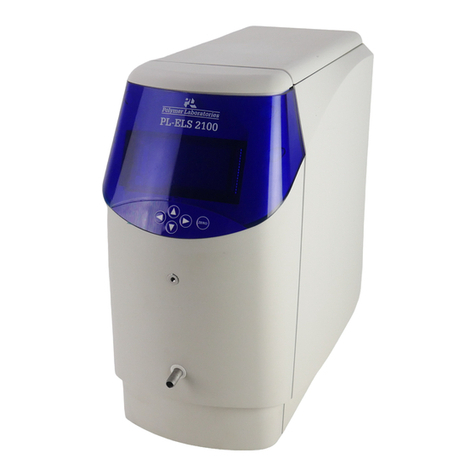Document # 6/26069I
TABLE OF CONTENTS
1.1 INTRODUCTION.............................................................................................................................................................1
1.2 SPECIFICATIONS...........................................................................................................................................................2
1.3 UNPACKING AND INSTALLATION..............................................................................................................................3
1.4 PACKING LIST ................................................................................................................................................................3
1.5 SITE PREPARATION CHECK LIST...............................................................................................................................4
1.6 CONNECTIONS...............................................................................................................................................................5
1.7 POWER CONNECTIONS.................................................................................................................................................7
1.8 EXTRACTION.................................................................................................................................................................7
1.9 CONNECTIONS...............................................................................................................................................................8
Control I/O connector..........................................................................................................................................................8
Serial RS232 Connector......................................................................................................................................................8
Gas Connection.....................................................................................................................................................................9
Fluid Connection..................................................................................................................................................................9
1.10 PRECAUTIONS................................................................................................................................................................9
Extraction...............................................................................................................................................................................9
Flammable solvents...........................................................................................................................................................10
CHAPTER 2 SYSTEM DESCRIPTION AND GENERAL OPERATION..........................................................................11
2.1 BASIC PRINCIPLES OF OPERATION..........................................................................................................................11
Nebulisation.......................................................................................................................................................................11
Evaporation........................................................................................................................................................................11
Detection.............................................................................................................................................................................11
Theory..................................................................................................................................................................................12
2.2 OPERATIONAL PARAMETERS...................................................................................................................................13
2.3 INSTRUMENT CONTROLS..........................................................................................................................................14
Power On/Off.......................................................................................................................................................................14
Display.................................................................................................................................................................................14
Keypad.................................................................................................................................................................................15
Interactive menu bar.........................................................................................................................................................15
Parameter Setting Menu...................................................................................................................................................16
Real Time Monitoring.......................................................................................................................................................18
Modes of Operation...........................................................................................................................................................18
Using Methods....................................................................................................................................................................19
Error Conditions................................................................................................................................................................20
2.4 PL-ELS 2100/2100 ICE PC SOFTWARE.............................................................................................................................20
Control Software-Overview.............................................................................................................................................21
Configuring your PC and Detector................................................................................................................................21
Connecting the Detector to your PC..............................................................................................................................21
Configuring the ELS Control Software.........................................................................................................................22
Operating the ELS Control Software.............................................................................................................................22
Control Software Features...............................................................................................................................................23
Automation..........................................................................................................................................................................24
System Test..........................................................................................................................................................................25
Method Editor -Overview.................................................................................................................................................25
Method Editor –Creating & Storing Methods............................................................................................................26
Method Editor –Downloading Method Sets................................................................................................................26
CHAPTER 3 SET-UP.................................................................................................................................................................27
3.1 GENERAL CONSIDERATIONS.....................................................................................................................................27
3.2 CONNECTING THE DETECTOR.................................................................................................................................27
3.3 OPTIMISATION PROTOCOL.......................................................................................................................................29




























